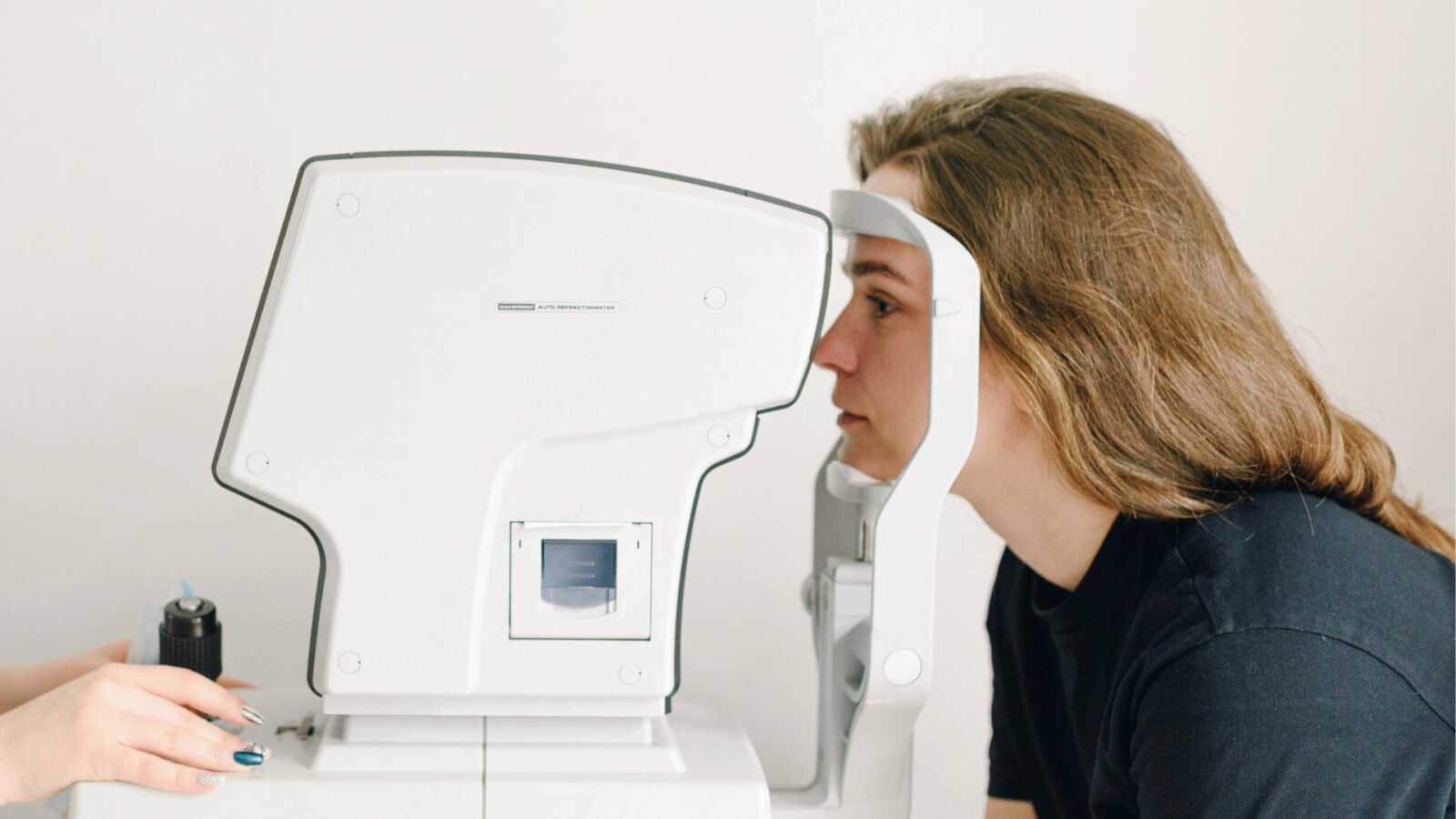In 2018, I discovered I had strabismus, infantile esotropia turned exotropia to be exact. From that point on, I poured through books, lectures, and research, and did thousands of hours of therapy.
My eyes are now straight, and I have stereopsis for the first time in my life. My passion is helping other people find that same success.
What Is Strabismus?
Strabismus is a broad term to describe eyes that are not pointing in the same direction. The condition is commonly referred to with terms like squint, wall eyes, crossed eyes, or lazy eye.
Different Types Of Strabismus
There are many subcategories of strabismus that explain which way the eyes are pointing, how often they turn, and which eye is the problem. Each of these unique variations can expect different treatments, side effects, and prognosis.
Exotropia – Eyes turn out
Esotropia – Eyes turn in
Hypotropia – Eyes turn down
Hypertorpia – Eyes turn up
Intermittent vs Constant – Eyes are turned all the time or not
Alternating – Turning eye switches from left to right
No matter how you classify it, every strabismus patient has a brain that cannot coordinate the information coming in through both eyes. Many only use one eye at a time or are plagued with double vision on top of the social anxiety that oftentimes accompanies a severe eye turn.
Signs Of Strabismus
1. Misaligned Eyes
Eyes that do not point the same direction is the sign that generally takes people to the eye doctor. It is an obvious sign that the visual system is not working correctly.
2. Double Vision
Minor eye turns can lead to double vision that blurs words and lines while reading, creating headaches, eye strain, and eye fatigue. Major eye turns and more severe cases of strabismus can create a debilitating environment where driving, reading, and basic life functions are extremely challenging.
Severe double vision is more common in adult onset and TBI diagnosis of strabismus.
3. Eyes That Don’t Work Together Equally
Oftentimes, the brain’s response to strabismus is to suppress the vision from one eye. This eliminates double vision, but can lead to amblyopia (poor vision that cannot be corrected) or blindness in the eye that is suppressed which severely impacts depth perception.
4. Head Tilt
Tilting the head can help compensate for double vision, especially vertical double vision. Many times, neck and head problems can stem from this constant, unconscious tilt that people with Strabismus do to help alleviate double vision.
5. Poor Depth Perception
Running into tables, repeatedly striking out in baseball, inability to see Magic Eye images and 3D movies, and tripping over stairs are all signs that the brain is not coordinating the vision in both eyes to create stereovision or 3D perception.
6. Covering/Closing One Eye
If you notice yourself or a child squinting or covering one eye in bright lights or while reading, this could be a sign of strabismus. Removing the vision from one eye eliminates blurring and double vision making it much easier for the brain to process vision.
Coping Strategies
1. Glasses
Many forms of strabismus can be corrected with glasses that allow both eyes to see equally. Glasses with prism help alleviate double vision by shifting what the wandering eye sees to match the straight eye.
2. Patching
When the brain suppresses an eye and it becomes amblyopic, covering the good eye with a patch and forcing the weaker eye to work can help bring the vision in both eyes to the same level. Research is now showing that it is most effective when combined with binocular vision training when both eyes can work together.
3. Vision Therapy
Vision therapy is like physical therapy for the eyes. It trains the brain to effectively coordinate the information from both eyes through the use of lenses, prism, filters, binocular tools, vectographs, syntonics, virtual reality and so much more.
Tools like red/green glasses are combined with games that force both eyes to work equally while completing tasks, while tools like the yoked prism or light therapy can help reset the brain.
4. Eye Surgery
When other options have been exhausted and ineffective, eye surgery can help realign the eyes. Many times multiple surgeries are required, especially for congenital strabismus and more severe eye turns. The results from surgery usually do not last longer than 5-10 years unless both eyes are able to work together.
There are many success stories where double vision is eliminated through surgery and rare cases have stereovision restored through surgery. It is usually just a cosmetic fix and helps with peripheral vision.
5. Disguising An Eye Turn
Many people plagued by strabismus experience photo-phobia, struggle meeting new people, and have major social anxiety. While fixing the root of the problem is ideal, it isn’t quick. So having some tricks up your sleeve to make the eye turn less noticeable can be very helpful. You can choose one of the following options:
1. Look at the correct eye when having conversations. If your “wandering eye” goes too far to the left, look at the person’s right eye. If it goes too far to the right, look at the person’s left eye. This can subtly center your eye turn and make it less obvious.
2. Tilt your head the same direction as your eye turn; only turning very slightly can make a huge difference, especially in pictures. This means positioning yourself on the side of group photos that de-accentuates the turn. Practice first to make sure you understand how it works.

Words Of Affirmation
People will Strabismus can experience depression, anxiety, hopelessness, anger, regret, frustration, and many other negative emotions. When spiraling, take a moment to physically write out what you are grateful for pertaining to vision or practice these self-affirmations:
1. This condition is something I can figure out and improve.
2. I can learn to use both eyes.
3. Through relaxation, my brain can learn.
4. I am worthy of love with or without an eye turn.
5. Others might notice my eye turn, and that’s okay.
6. I wonder how this will bless my life and others.
7. In some way, this is a gift, and I will figure out how.
8. I have more than enough time.
Conclusion
Strabismus can be challenging, but it can also be incredible. If you let it, strabismus can change your world for the better.
This article was submitted to Love What Matters by Melissa Daniels. You can follow her journey on Instagram and on her website. Join the Love What Matters family and subscribe to our newsletter.
Read more stories here:
SHARE this story on Facebook to let others know a community of support is available.


